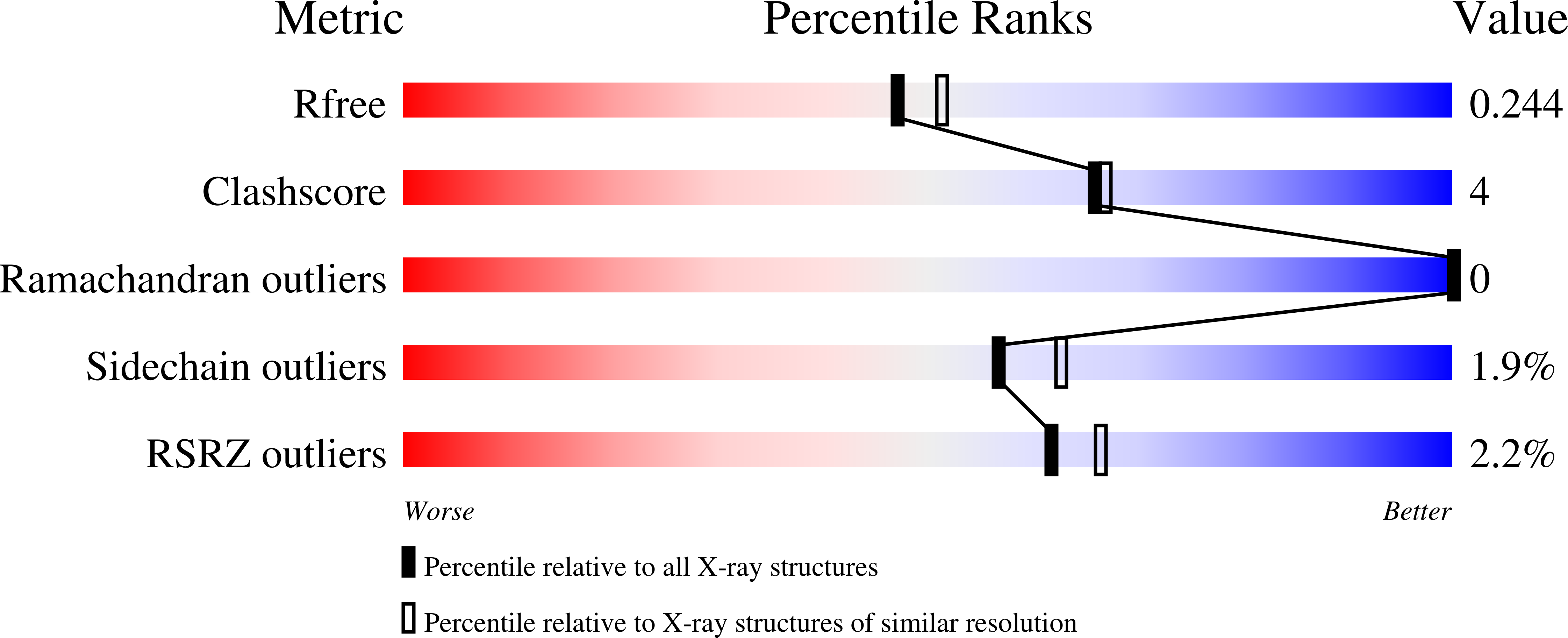
Deposition Date
2021-04-28
Release Date
2021-07-28
Last Version Date
2024-11-06
Entry Detail
PDB ID:
7MLM
Keywords:
Title:
Crystal structure of mouse TLR4/MD-2 in complex with sulfatides
Biological Source:
Source Organism:
Mus musculus (Taxon ID: 10090)
Eptatretus burgeri (Taxon ID: 7764)
Eptatretus burgeri (Taxon ID: 7764)
Host Organism:
Method Details:
Experimental Method:
Resolution:
2.10 Å
R-Value Free:
0.24
R-Value Work:
0.20
R-Value Observed:
0.21
Space Group:
C 2 2 21


